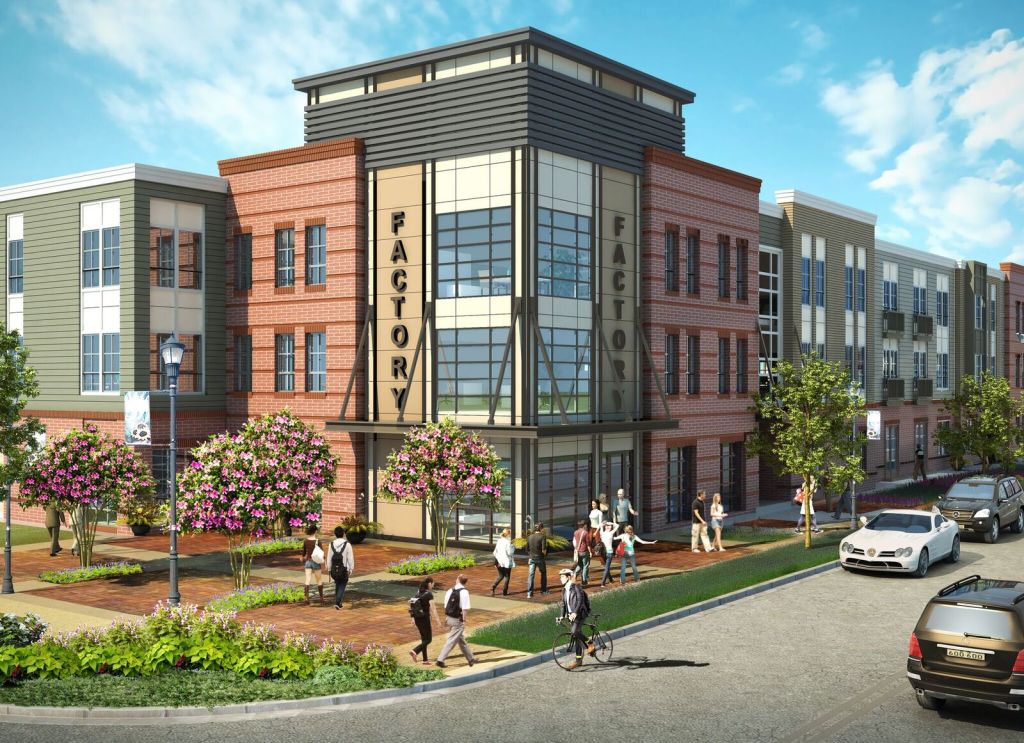As a developer, I know that no two building sites are the same. Each potential project comes with its own unique set of challenges—some more problematic and costly than others.
Therefore, risk assessment is an essential component of any development project, regardless of size. But as a property’s perimeter grows, so, too, do the risk factors, and with growing demands for housing the incentive to develop in a risk-prone area will only increase. After all, sometimes what makes an area risk-prone is the very same thing that makes it desirable. What then?
Here are three types of challenging environments The Beach Co. has successfully overcome and the steps we took to get there.
Wetlands
Whether it’s forest fires, floods, or fauna that’s the concern at hand, what you don’t know about your land will hurt you—and your pocketbook.
For example, for those wanting to develop in coastal regions in the Southeast—where The Beach Co. has a long history of development—the biggest risk is that a portion of the land may be situated on fresh or saltwater wetlands.
In fact, coastal regions in the Southeast are replete with wetlands, making it nearly impossible to develop land of any significant size without having to navigate extensive (and expensive) processes to obtain a permit to build.
Furthermore, developers need to be aware of any and all land they develop that can be legally filled to build access roads or lay utilities. If a survey, conducted by either the buyer or the seller, finds the development will impact wetlands, and it is more than half an acre, an individual permit, or a 404, is required.
The Beach Co.’s Kiawah River project serves as a great example of a development in a wetlands environment. Situated in South Carolina’s Low Country, the site encompasses more than 2,000 acres and 1.5 miles of Kiawah River frontage.
The community is on schedule to welcome residents in the fall, but it hasn’t been easy getting to this point. Over 10 years in the making, it’s been a journey—one we couldn’t have completed if thorough research and planning hadn’t been conducted at the onset.
Historic Sites
It’s not unusual to encounter resistance when it comes to development, and historic areas can be especially delicate. Rife with obstacles, development in a historic district is a balancing act between preservation and progress.
In Charleston, where my firm is based, we have historic architecture from multiple periods, from the 1700s to the 1950s. The preservation of our city has maintained its cultural, social, and architectural significance.
It is, however, a city. Not a museum. And like many thriving cities across the U.S., it’s experiencing an explosion of housing growth, with 15,000 new residents moving in each year.
Yet, despite the growing demand and limited space, historical preservation groups can be very vocal objectors to development. In my experience, members of such groups are passionate, well-educated, and well-funded. They can make it extremely difficult to do business, delaying the permitting process and tying up projects in the courts. In these cases, planning, patience, and, most important, persistence are imperative.
Case in point is The Jasper, a 12-story, landmark building The Beach Co. currently has under development in Charleston’s historic district. Since 2006, we’ve presented more than five plans to the city of Charleston and held dozens of public meetings to discuss The Jasper’s future.
When the Board of Architectural Review (BAR) arbitrarily denied our plan in 2015, we pursued—and ultimately won—an appeal. The judge ruled that the BAR overstepped its powers and authority by denying a project that complied with applicable zoning requirements, stating that the power to rezone a property lies with elected officials on City Council, not those appointed to the BAR. This case paved the way for the 1930s ordinances to be updated, which will provide clarity to future applicants going before the BAR.
Setting a new standard for large buildings in the historic district, the approved plan for The Jasper includes Class A residential, office, enclosed parking, and retail spaces.
Industrial Redevelopment
With the rise in popularity of walkable communities framing urban areas, industrial commercial real estate presents an opportunity for redevelopment, revitalization, and substantial returns on investment.
In 2001, The Beach Co. purchased a 43-acre property known as Garco Park, which contained an outdated manufacturing mill in Charleston’s blossoming Park Circle region. After purchasing the land, we assembled a team of environmental engineers, land planners, lawyers, and other professionals to examine the property, identify redevelopment issues, and bring the site up to EPA standards.
The result is The Factory at Garco Park, a successful, 271-unit apartment community with office and retail space. Designed to reflect the site’s rich industrial-era history, the redevelopment was a major contribution to Park Circle’s renaissance. Today, Park Circle is one of the most sought-after areas for young professionals, families, and millennials. The density provided by the apartments created a walkable community with an array of living options and amenities that helped the neighborhood’s iconic downtown area thrive.
Developments in risk-prone areas are complex projects that garner the attention and participation of city government, neighborhood organizations, preservation and conservation groups, and other businesses. It’s vital these groups understand the process so they can provide constructive feedback and reach a consensus. When this happens, you may just find your development project achieving a historic first.
